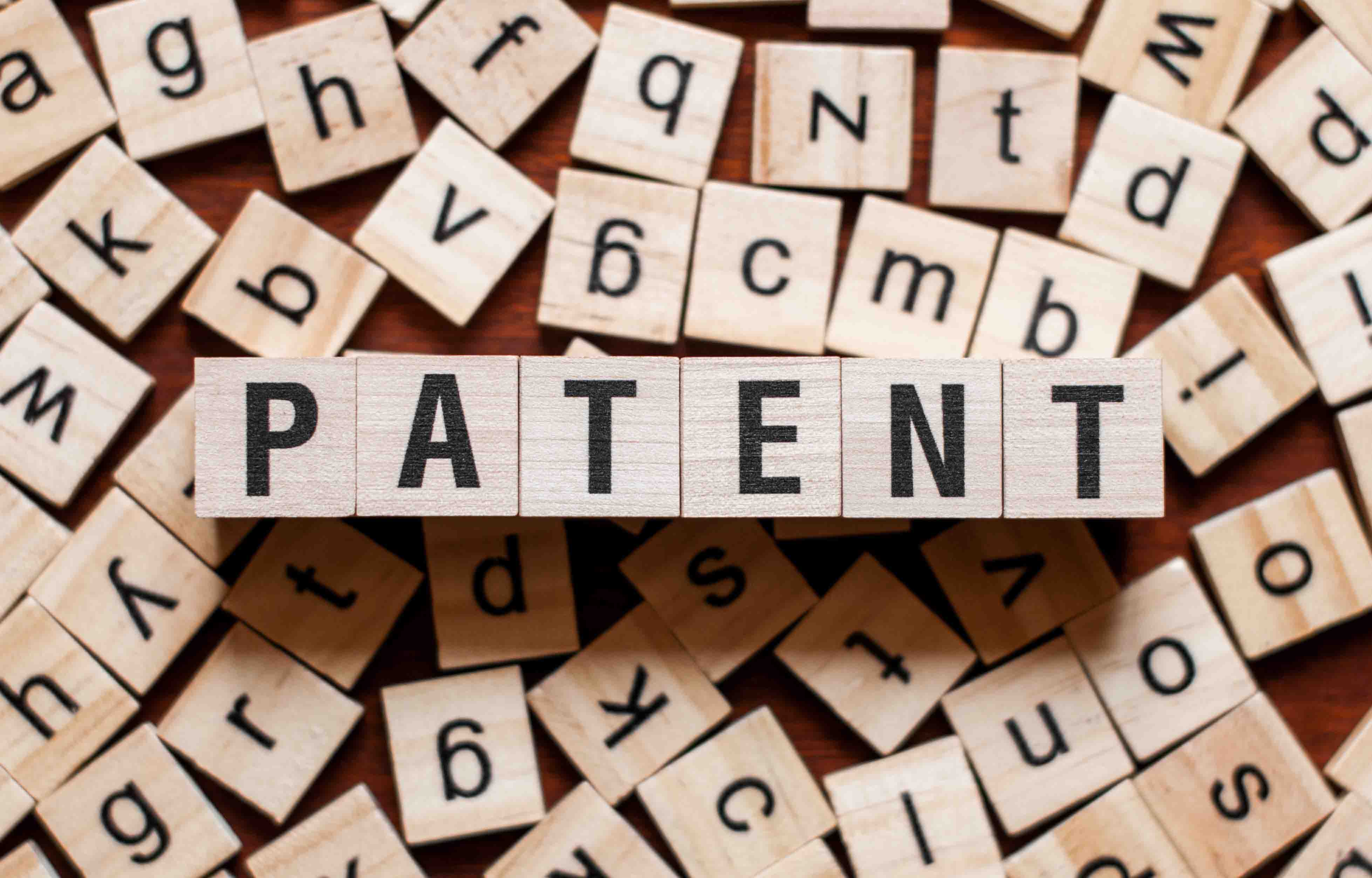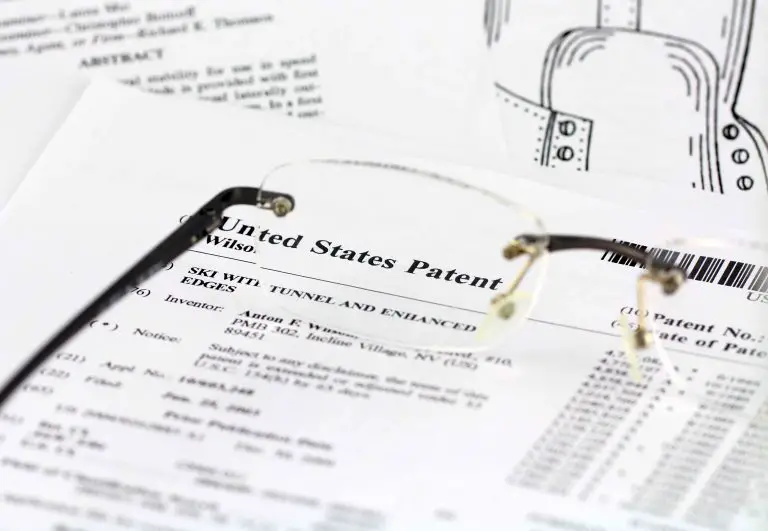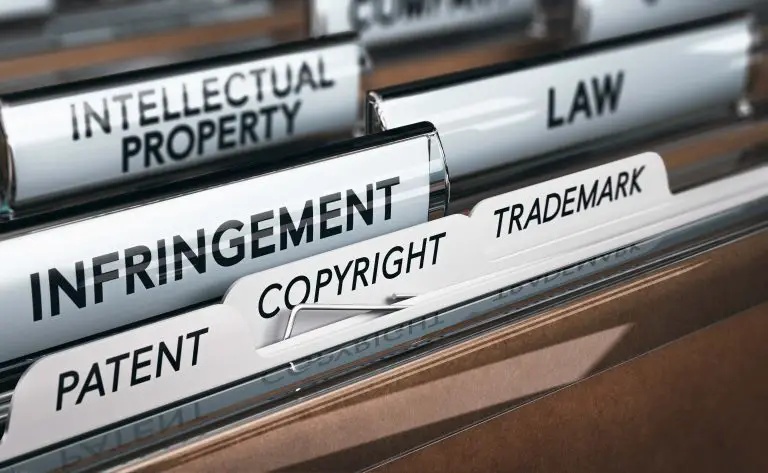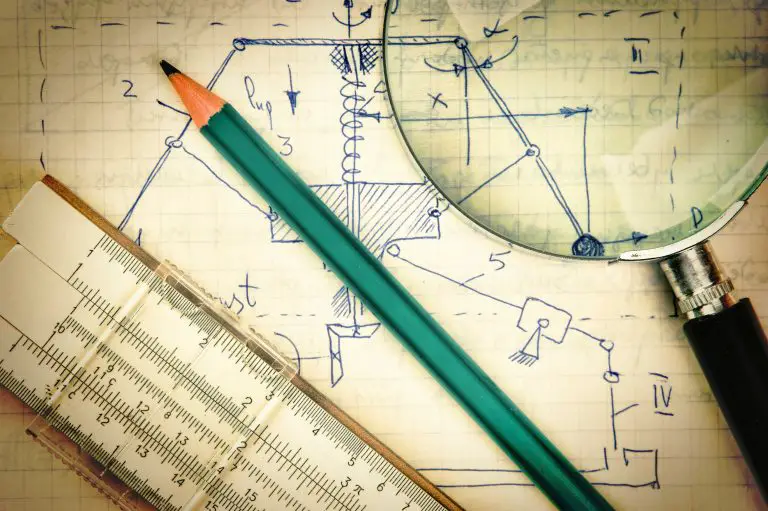When Does a Utility Patent Expire?
The Patent Office grants inventors a patent over new inventions, processes, and designs. We often get the question: when does a utility patent expire? We will answer this question below.
When Does a Utility Patent Expire?
A utility patent expires 20 years after an applicant files his utility patent application with the USPTO (The United States Patent and Trademark Office). For applicants who file a nonprovisional patent application, the 20-year patent term starts at the moment of filing the nonprovisional application.
That said, an applicant cannot enforce his rights under a patent until the patent office grants his patent application. Prior to being granted a patent, an applicant cannot stop others from using, making, and selling the invention. However, you will be able to do all of those things when the patent office grants your patent application.
Patent Term If You Filed a Provisional Patent Application First
Here is some quick information for those of you who first filed a provisional application. Provisional patent applications do not become patent, so to get a patent, an applicant has 12 months to file a nonprovisional patent application to get a patent.
For applicants who first file a provisional patent application and later file a nonprovisional application that relates back to the provisional patent application, the patent term starts at the time of filing the nonprovisional application and not the provisional application.
However, very rarely applicants choose to convert a provisional application into a nonprovisional application instead of filing a nonprovisional application that claims the early priority date of the provisional application. When an applicant chooses to convert a provisional application, the patent term begins at the time of filing the provisional application.
As such, almost all applicants choose to file a nonprovisional patent application that claims the benefit of an earlier-filed provisional application. Doing so extends the patent term by one year.
Adjusting the Expiration Date of Your Patent
The patent office in some limited circumstances offers what is called a patent term adjustment. This allows applicants to push back the expiration of their patent, but it only applies in certain limited circumstances, such as when the patent office takes too long to prosecute (either grant or deny) a patent application.
The first circumstance is a situation where the patent office does not issue its first office action with 14 months of an applicant filing his patent application. The delay in time to issue this office action is added to the patent term.
The second circumstance is if the patent office fails to issue an office action within 4 months of the applicant submitting a response to the patent office. The delay in time to submit the office action is added to the application’s patent term.
The third circumstance allows the applicant to extend his patent term if it takes the patent office more than 3 years to grant his patent application. The patent office estimates that most patent applications should not take more than 3 years from the time an applicant files a nonprovisional patent application until the time a patent is granted, so if the patent office takes longer, an applicant can extend the term of his patent.
Note: Most of the delays that add to the patent term are ones that are caused by the patent office taking too long to prosecute and grant a patent. So, if the applicant is the cause of the delay, the USPTO is unlikely to extend the term of a patent.
Can a Patent Holder Renew an Expired Patent?
Unfortunately, no. A patent cannot be renewed once it expires. Utility patents are usually good for 20 years from the time an applicant files a provisional patent application. Once the patent term expires, the patented invention becomes part of the public domain. Once it becomes part of the public domain anyone can use, make, or sell the invention without having to obtain the express consent of the patent holder. If you want to buy the right to an expired patent, check out this article.
Some patents expire not because the patent term has ended, but because a patent holder has not paid the required maintenance fees. Unlike other patents, to keep a utility patent active, an inventor must pay maintenance fees at 3.5 years, 7.5 years, and 11.5 years. If the inventor fails to pay these fees, the patent expires.
How Do You Find Out When a Patent Will Expire?
You can find out when a utility patent expires by adding 20 years to the filing date of the patent. You can find the filing date of a patent application by looking up the patent using the USPTO Patent Search Tool here. After you find the patent you’re looking for, click on the patent number that appears on the left-hand side. A page will then open displaying the filing date of the patent. Add 20 years to the patent date and you’ll know when it expires. For example, if a patent has a filing date of 01/01/2000, you will know that it should expire on 01/01/2020.
Can a Patent Be Renewed After 20 Years?
No, a utility cannot be renewed after 20 years. After the patent term expires, you will no longer be able to stop others from using, making, and selling your invention. It will fall into the public domain and anyone can copy it and sell the invention without having to obtain the express consent of the patentor.
Paying Patent Maintenance Fees
Every utility patent owner must pay maintenance fees to the USPTO to maintain his granted patent. Some people often refer to maintenance fees as renewal fees, but in the legal world, they’re more properly know as maintenance fees. If an owner of a utility patent does not pay the required maintenance fees, his patent will expire for non-payment.
Patent owners have to pay maintenance fees at 3.5 years, 7.5 years, and 11.5 years. If the patent owner fails to pay the fees, the patent expires. However, the patent office does give inventors a 6-month grace period to pay the maintenance fees.
However, if you choose to pay the fees after being late, the patent office will charge you a late fee. In the event that you do not pay the maintenance fees after the expiration of the patent for 6 months, the patent will expire.
That said, utility patents are the only type of patent that requires the payment of maintenance fees. Holders of design patents and plant patents are not required to pay maintenance fees to keep the status of their patent as granted (active).
If Your Patent Expires, Can You Reinstate It?
The answer depends on why your patent expired. If your patent expired because the patent term ended, you cannot renew your patent. However, if your patent expired for non-payment, you might be able to renew it. As we mentioned in the paragraph above, if you have a patent that expired for nonpayment, you can pay the fees and the expired patent will return to a granted state, allowing you to continue to stop others from making and selling your invention.
Do Utility Patents Expire?
By now, you’re probably aware that utility patents expire for two main reasons. The first reason they expire is that the patent term ends or 20 years have passed since the inventor filed his nonprovisional patent application.
The second main reason why patents expire is for the non-payment of utility patent maintenance fees, which are required to keep the patent in a granted state. If the patent expires because the patent term has ended, you can’t do anything to renew it. It becomes part of the public domain and people will be allowed to use, make, and sell the once patented invention without obtaining the express consent of the inventor.
If however, the patent expires due to nonpayment of maintenance fees, the inventor has a 6-month window to pay the fees and late fees to reinstate the patent. That said, if you have any general questions or comments, please feel free to leave them in the comments section below.








